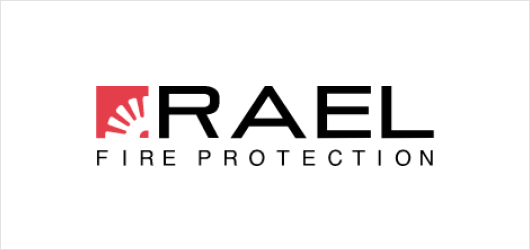Under the NFPA25 Code, fire protection systems are required to undergo regular visual inspections and functional testings to make sure that these are up-to-date and working properly according to design. The various testings and inspections are done monthly, quarterly, semi-annually, annually, and at 5-year and 10-year intervals.
Visual Inspections
Visual inspections are done to reveal the state of your fire protection system. As the NFPA defines it, it is “a visual examination of a system or portion thereof to verify that it appears to be in operating condition and is free of physical damage.”
Functional Testing
Since visual inspections cannot unveil any internal or hidden errors and also as part of fire protection testing requirements of the NFPA 25, a functional testing of the various components of the fire protection system must be done. These tests can reveal any malfunction/s or operational disruption/s that may be present in the current system.
Inspection And Testing Frequency
Below is a list of the required inspections and testings and their equivalent frequency.
Visual Inspections
Monthly
- Gauges (Wet, Dry, Pre-action, and Deluge Systems)
- Valves, Valve Components, Trim Inspections
– Locked/Supervised Control Valves, Alarm Valves (Exterior Bells), and Dry Pipe, Deluge, Pre-action Valves
- Backflow Prevention Assemblies
– Double Check Valves, Control Valves (Locked/Supervised)
- Standpipe
– Control Valves (Locked/Supervised), Gauges (Automatic Dry Standpipes with Air Pressure Supervision)
- Private Fire Service Mains
– Hose Houses
Quarterly
- Waterflow Alarm and Signaling Devices, including Mechanical Devices (i.e. Water Motor Gongs)
- Valve Supervisory Signal Devices
- Supervisory Signal Devices (except Valve Supervisory Switches)
- Gauges (Wet Pipe Systems)
- Fire Department Connections
- Pressure Reducing and Relief Valves
- Hydraulic Design Information Sign
- Backflow Prevention Assemblies
Semi-Annually
- Private Fire Service Mains
- Monitor Nozzles
Annually
- Pipe and Fittings (from floor)
- Hangers/Seismic Bracing (from floor)
- Sprinklers (from floor)
- Spare Sprinklers
- Hydraulic Design Information Sign
- Information Sign
- Standpipe
– Piping, Hose Racks, Hose Connections/Hose Valves, Hose/Hose Nozzles
- Valves, Valve Components, Trim
- Inspections
– Interior Dry, Deluge, Pre-action, Pressure Reducing Valves
- Private Fire Service Mains
– Hydrants, Main Line Strainers
Functional Testing
Quarterly
- Mechanical Water Flow Devices
- Tank High and Low Alarms that do not Report to a Fire Panel that is Monitored 24 Hours a Day
- Valves, Valve Components
– Hose valves/PRV’s, Main Drain (with Backflow Device), Low Air Pressure Alarms, Quick Opening Devices, Priming Water, Master PRV Main Drain
Semi-Annually
- High/Low Tank Alarms
Annually
- Main Drain
- Antifreeze Solution
- Valves, Valve Components
– Pressure Reducing Valves/Relief Valves (part flow) o Master Pressure Reducing Valves (full flow), Control Valves, Dry System, Partial Trip Test, Deluge, Pre-action Full Trip Test, Air Maintenance Device
- Backflow Prevention Assemblies
– Full Forward Flow Test
- Private Fire Hydrant
- Standpipe
– Main Drain Test, Hose Valves, Valves (all types)
- Private Fire Service Mains
– Monitor Nozzles, Hydrants
- Fire Pump System
– Full Flow, Alarm Signals
- Annual Maintenance
5 Year Interval
- Gauges (Test or Replace)
- Sprinklers – Extra-High Temperature/Corrosive Atmosphere
- Internal Pipe Obstruction Inspection
- Fire Department Connections
– Hydrostatic Test Siamese Connections
- Standpipe – Full Flow Test Remote Point o Hose Connection Pressure Reducing Valves (Full Flow)
– Hydrostatic Test Manual/Dry Standpipes
- 5 Year Test for new fire hoses and every 3 years thereafter
– Valves, Valve Components
- Pressure Reducing Valves/Relief Valves (full flow)
- Private Fire Service Mains
– Full Flow Test
- Internal Tank Test
- Internal Backflow & Re-test
10 Year Interval & Greater
- Dry Type At 10 years and every 10 years thereafter
- Quick Response At 20 years and every 10 years thereafter
- Standard At: 50 years and every 10 years thereafter
Only a certified fire protection professional can ensure that your system is error-free.
Trained fire protection experts like our people at RAEL Fire Protection know what to look out for. We have more than 80 years of experience in this business and know the ins and outs of everything that has to do with protecting your property from the threat of fire. Keep your people and property safe and contact the fire experts today!


Recent Comments